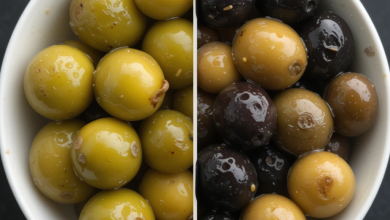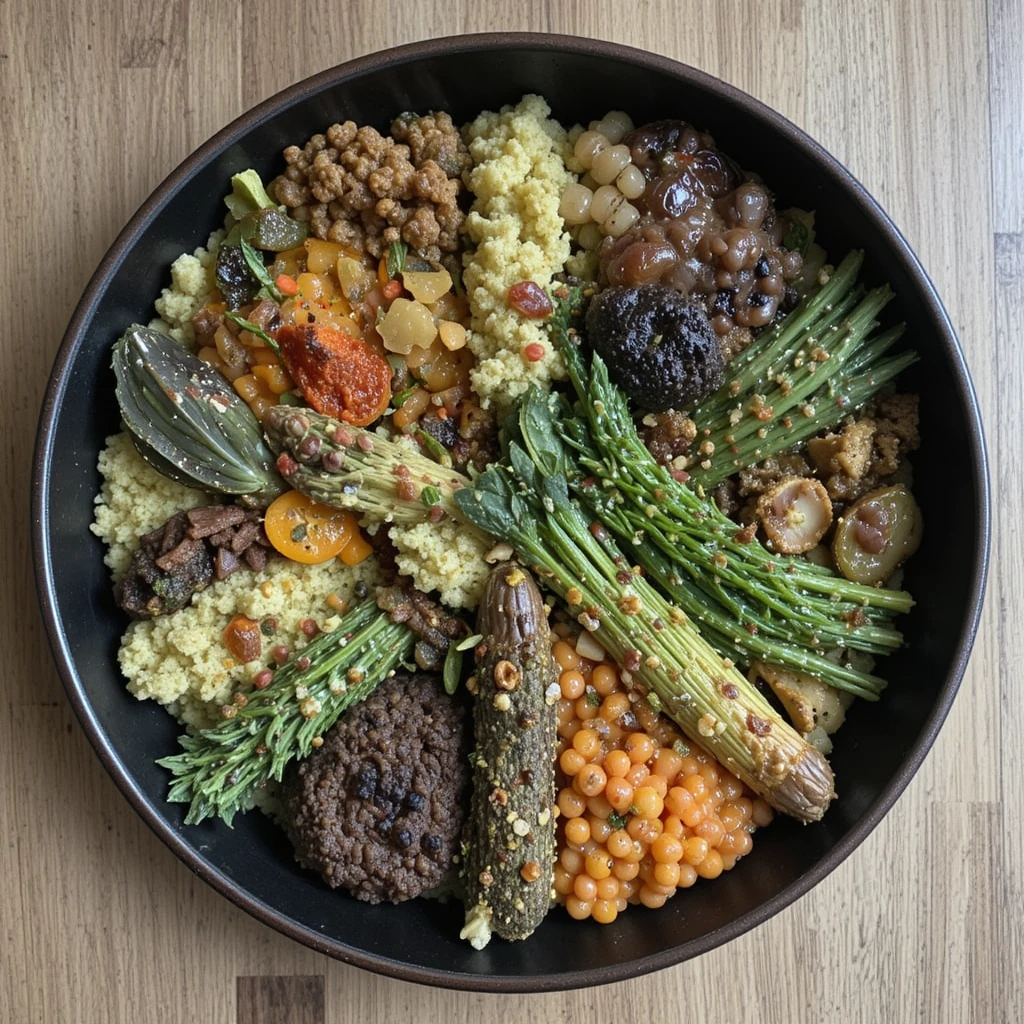Spring Clean & Declutter Your Fridge to Reduce Food Waste
Spring is the perfect time for renewal not just for your home but also for your refrigerator. A clean, organized fridge helps reduce food waste, saves money, and promotes healthier eating habits. According to the Food and Agriculture Organization (FAO), about one-third of all food produced globally is wasted, much of it due to poor storage and neglect.
In this guide, we’ll walk you through a step-by-step fridge decluttering process, share smart storage tips, and provide eco-friendly ways to minimize food waste. By the end, you’ll have a sparkling fridge that keeps food fresh longer and supports sustainable living.
Why Decluttering Your Fridge Matters
1. Reduces Food Waste
A disorganized fridge leads to forgotten leftovers, expired items, and spoiled produce. By keeping it tidy, you’ll use food before it goes bad, cutting down on waste.
2. Saves Money
When you know what’s inside your fridge, you avoid overbuying and make the most of what you already have.
3. Improves Food Safety
Proper organization prevents cross-contamination and ensures perishables stay fresh longer.
4. Encourages Healthier Eating
A well-stocked, visible fridge makes it easier to choose nutritious snacks over processed junk.
Step-by-Step Guide to Spring Cleaning Your Fridge
Step 1: Empty Everything Out
Start by removing all items from your fridge. Check expiration dates and toss anything:
- Moldy or spoiled
- Past its expiration date
- Unidentifiable leftovers
Pro Tip: Keep a cooler with ice packs nearby to store perishables while cleaning.
Step 2: Deep Clean All Surfaces
Use a natural cleaning solution (e.g., vinegar + water or baking soda paste) to wipe down:
- Shelves
- Drawers
- Door compartments
- Seals (to prevent mold)
Avoid harsh chemicals that could contaminate food.
Step 3: Organize with the “First In, First Out” Rule
Place older items in front so they’re used first. Group similar items together:
- Top shelf: Ready-to-eat foods (dairy, leftovers, drinks)
- Middle shelf: Eggs, deli meats, and prepared meals
- Bottom shelf: Raw meat (in sealed containers to prevent leaks)
- Crisper drawers: Fruits & veggies (separate to avoid ethylene gas spoilage)
- Door: Condiments, juices, and butter (least temperature-sensitive)
Step 4: Use Clear Containers & Labels
- Store leftovers in glass or BPA-free plastic containers.
- Label items with dates to track freshness.
Step 5: Optimize Storage for Freshness
- Wrap herbs in damp paper towels.
- Store greens with a dry towel to absorb moisture.
- Keep onions, potatoes, and tomatoes outside (they spoil faster in the fridge).
Smart Tips to Reduce Food Waste
1. Meal Prep & Plan Ahead
- Plan meals based on what you already have.
- Batch-cook and freeze portions for later.
2. Repurpose Scraps
- Turn veggie scraps into broth.
- Blend overripe fruit into smoothies or baking.
3. Freeze What You Won’t Use Soon
- Bread, herbs, and even cheese can be frozen.
4. Track Expiry Dates
Use a fridge inventory app (like Fridgely or No Waste) to track food before it spoils.
Eco-Friendly Fridge Habits
- Compost food scraps instead of trashing them.
- Donate unopened, non-perishable items to food banks.
- Use beeswax wraps instead of plastic.
Conclusion
A spring-cleaned fridge isn’t just about aesthetics—it’s a key step toward sustainability. By decluttering, organizing, and adopting smarter food storage habits, you’ll cut waste, save money, and eat healthier.
Ready to start? Block out 30 minutes today and give your fridge the refresh it deserves!



